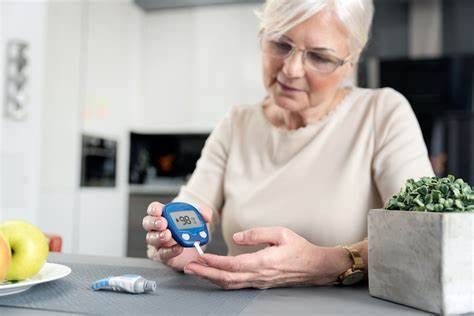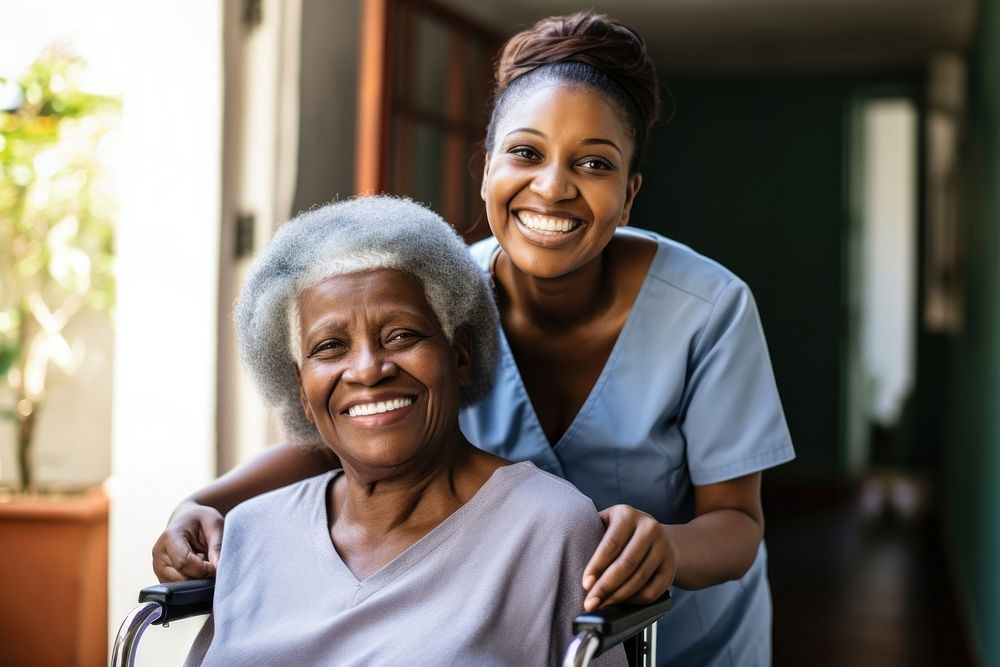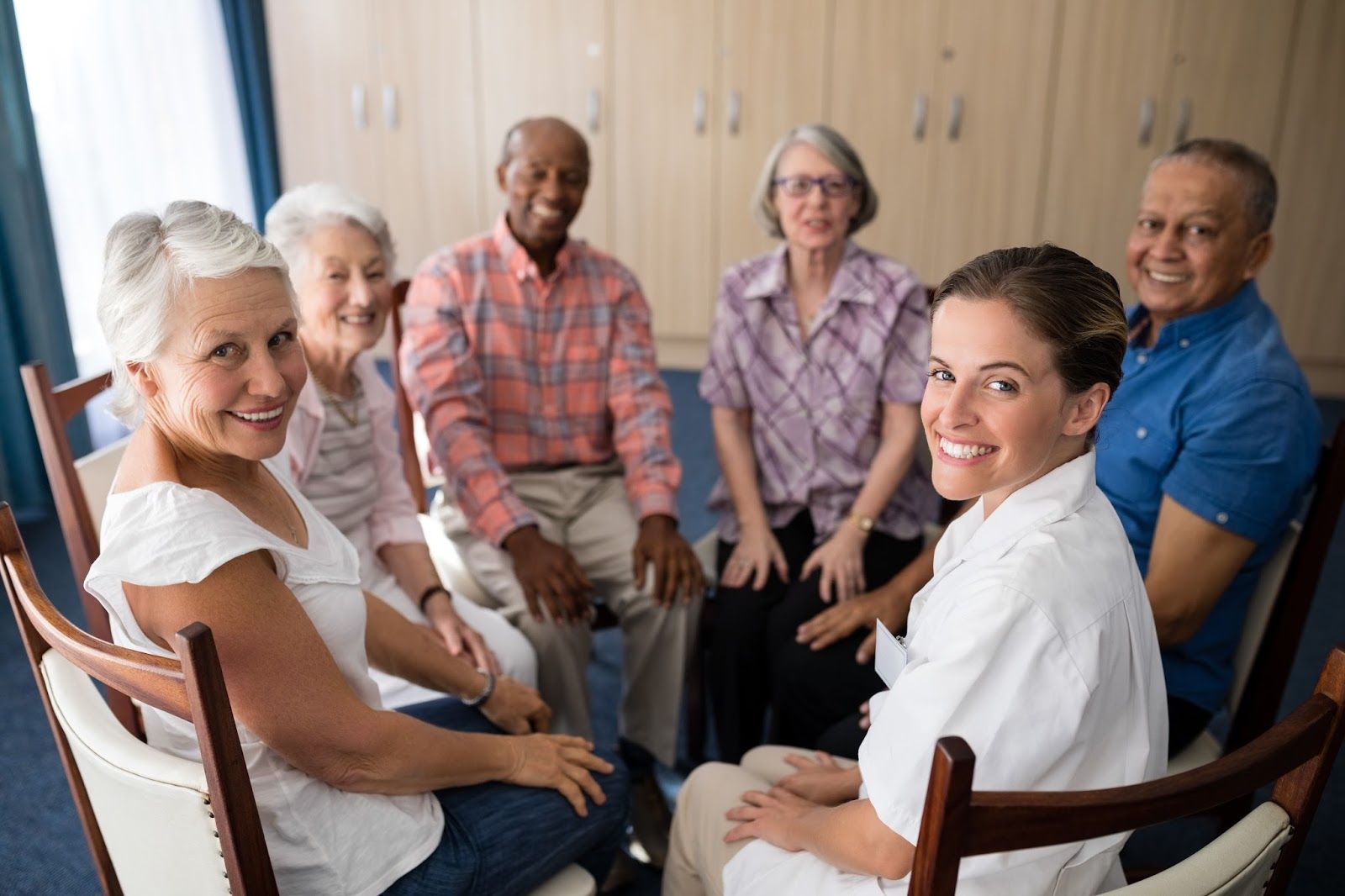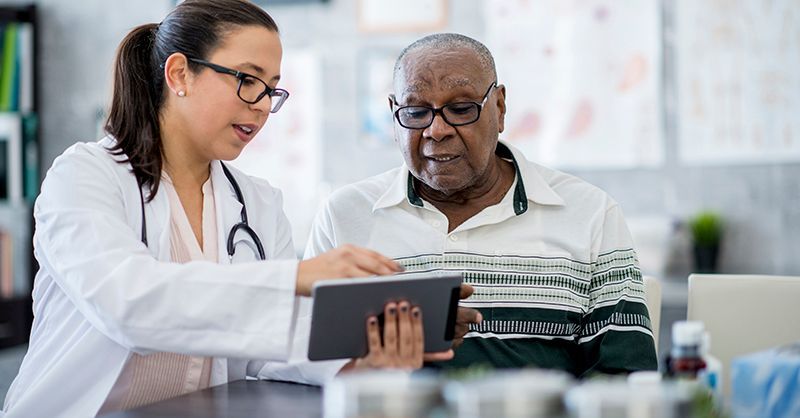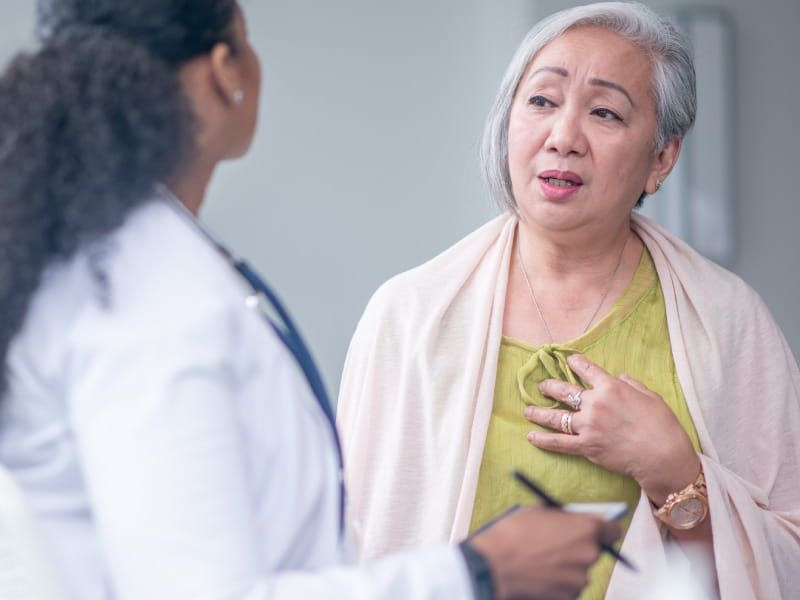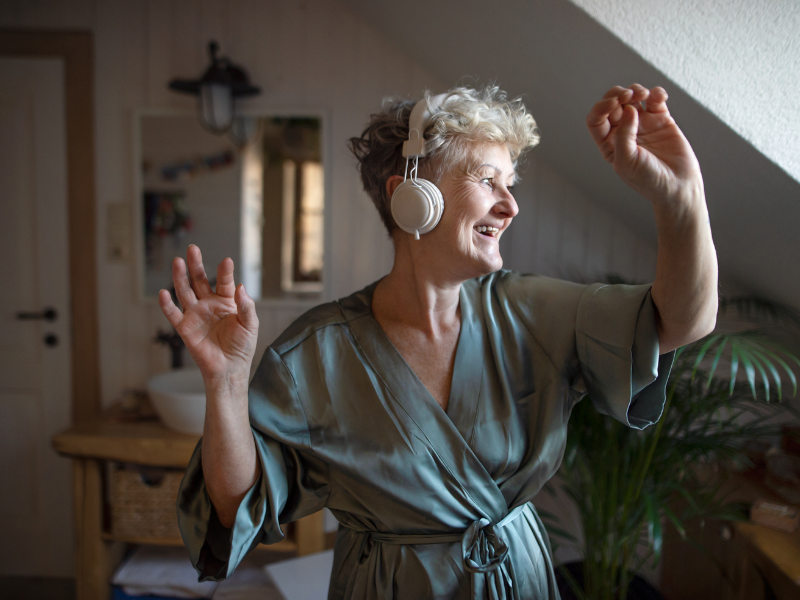What to Know About Parkinson’s Symptoms in Adults
What to Know About Parkinson’s Symptoms in Adults
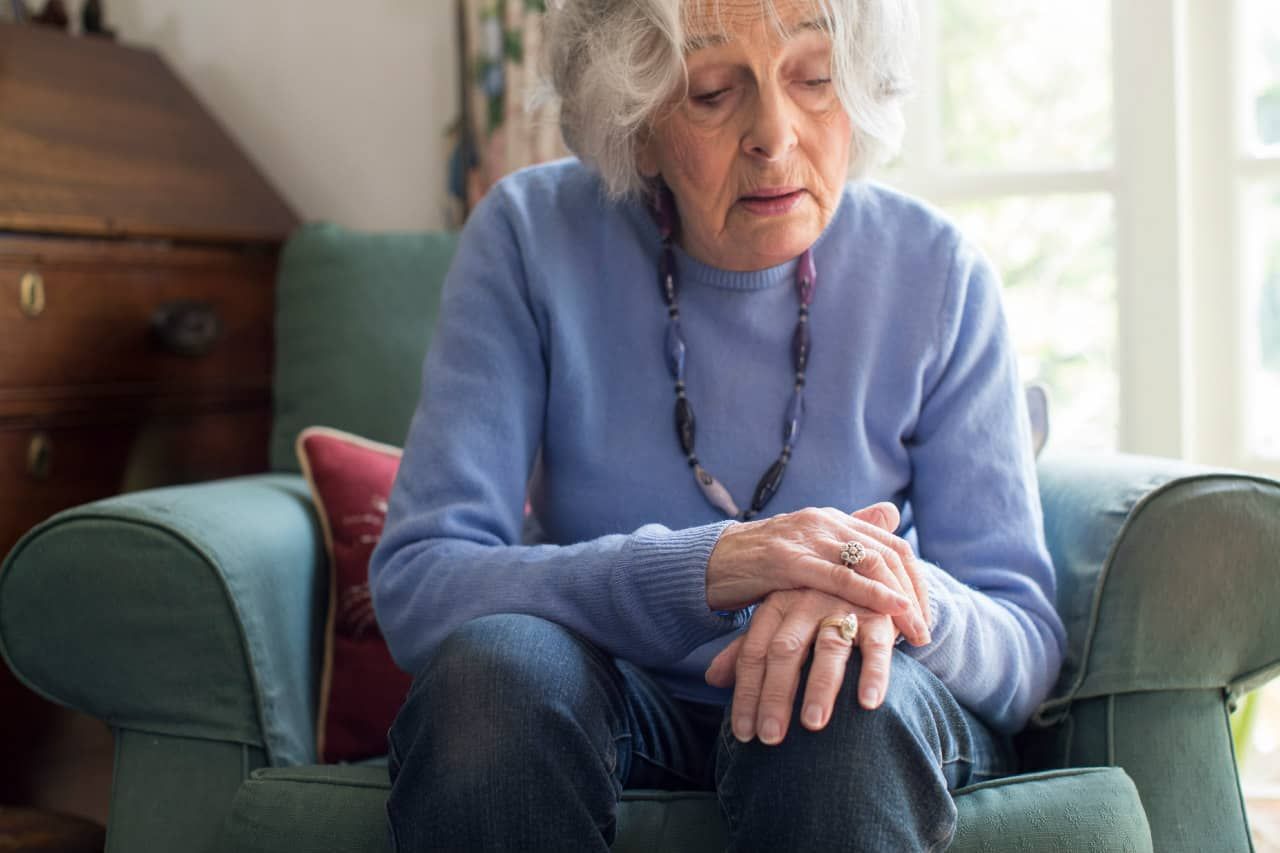
Parkinson’s disease starts in the brain. Certain nerve cells break down or die. As a result, the levels of dopamine, a chemical in your brain, begin to fall. When your dopamine levels decrease, it causes your brain to act in unusual ways and leads to impaired movement, among other things.
Parkinson’s disease affects around 1% of people older than 60 and 5% of people over 85. It is a disease that typically appears after the age of 60.
There is still much we have yet to learn about Parkinson’s disease. Unfortunately, there is no cure yet. Many of the forms of treatment for the disease only manage the symptoms. The exact cause of Parkinson’s is still unclear.
Scientists believe that factors like genes and exposure to certain toxins may increase your likelihood for getting Parkinson’s. They have also linked the presence of a certain type of protein found in the brain to Parkinson’s disease.
We also know that younger people rarely experience Parkinson’s, having a relative that has Parkinson’s increases your chance of getting it, and that men are more likely to get it than women.
How to Identify Symptoms of Parkinson's in Older People
At first, the symptoms of Parkinson’s may be subtle. They usually begin on one side of your body and are more present on that side even when they progress to your whole body.
These symptoms could be:
- Tremors. You might start to notice that one of your limbs, usually a hand, will start to shake. Sometimes you will rub your thumb and pointer finger together or start to shake even when you are relaxed.
- Slowed movement. As your Parkinson’s symptoms progress, you might find that your movements are slowed or delayed. Normal tasks might become challenging or take more time to do than they used to. It can also become difficult to walk.
- Stiff muscles. Parts of your body’s muscles might become stiff. This will limit how much you can move and may be painful.
- Balance and posture issues. You might begin to have a stooped back and lose your balance.
- Speech problems. Your voice might become more monotone, quieter, or quicker. You also might slur or hesitate before you speak.
- Writing problems. Parkinson’s can affect your writing. It can make your handwriting look different and make it harder to write quickly.
- Emotional issues. Some people with Parkinson’s experience issues with depression or other emotional changes.
- Difficulty swallowing. It may become more difficult to swallow, and saliva buildup can lead to drooling.
- Urinary and bowel movement issues. Some people experience issues in their urinary tract or constipation.
- Sleep issues. People with Parkinson’s often have issues with sleep and waking up at night.
- Chewing and eating difficulties. More advanced cases of Parkinson’s affect the mouth and eating becomes hard.
The onset of symptoms differs with different people. It can look like normal signs of aging because the symptoms appear so gradually. You might feel some mild shaking in your hand or have mobility issues at first, or you might start speaking slower or more softly.
However, you will eventually start to walk and stand leaning forward and do specific things with your arms. You will also start to experience symptoms on one side of the body. Many people first feel stiff, have a tremor, experience sleep difficulties, have constipation, experience loss of smell, or have restless legs before any other symptom.
How to Treat Parkinson's
Since there is no known treatment for Parkinson's, treatment is all about symptom management. There are different medications, surgeries, and other methods to help with the symptoms.
Medicines used to treat Parkinson’s often:
- Increase dopamine levels
- Affect other brain chemicals in your body
- Help control other symptoms not related to movement problems
The most common medication for Parkinson’s is called levodopa, or L-dopa. Levodopa helps the brain make more dopamine. Unfortunately, levodopa can cause nausea, vomiting, low blood pressure, and sleep difficulties. That is why people usually take a medication called carbidopa alongside levodopa. Carbidopa helps to reduce those side effects.
People who take these medications should always consult their doctor before they stop taking them. Suddenly stopping these medications can have serious and unwanted effects.
Other medications that people take for Parkinson’s include:
- Medications that mimic dopamine in the brain
- MAO-B inhibitors, which slow down a dopamine-killing enzyme
- COMT inhibitors, which break down dopamine
- Amantadine, which helps reduce involuntary movements
- Anticholinergic drugs that reduce tremors and muscle stiffness
Some people may not respond well to these medications. In that case, a surgery called deep brain stimulation, or DBS, could be a good option. This is a procedure where the surgeon places electrodes in the brain that connect to another device in the chest. Together, the device and electrodes help to stop many Parkinson’s symptoms like tremors, slow movement, and muscle stiffening.
Other ways to treat Parkinson’s symptoms include physical, occupational, and speech therapies. These can help with the physical, vocal, and mental effects of Parkinson’s. You can also use exercise and diet to help with muscle and balance issues.
SOURCE: WEBMD
Useful links
Contact info
(301) 263-6981 ereece@cheltenhamoaks.com
9603 Allerton Terrance,
Clinton, MD
20735
9603 Allerton Terrance,
Clinton, MD 20735
